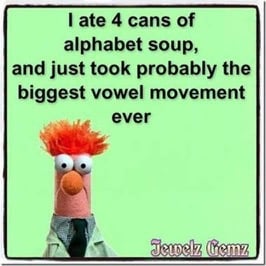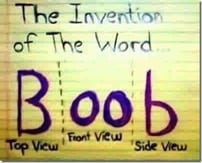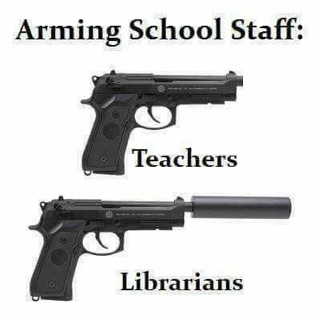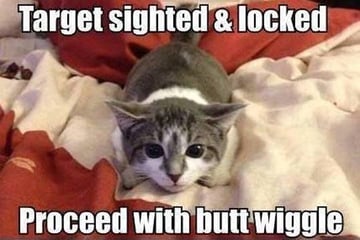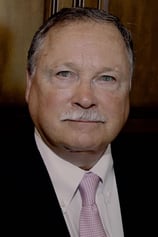 You will spot the line item, Effective Gross Income, in the top third of any Pro Forma Operating Statement. By the way, a line item is a separate line in a financial statement or budget. For example, "Real Estate Taxes", "Utilities Expense", and "Fire Insurance" are all examples of line items in a Pro Forma Operating Statement.
You will spot the line item, Effective Gross Income, in the top third of any Pro Forma Operating Statement. By the way, a line item is a separate line in a financial statement or budget. For example, "Real Estate Taxes", "Utilities Expense", and "Fire Insurance" are all examples of line items in a Pro Forma Operating Statement.
A Pro Forma Operating Statement is essentially a budget for a commercial property for the next twelve months, with provisions made for likely losses due to vacancy and collection issues and with a little money set aside annually to replace the roof and HVAC units and to resurface the parking lot. Basically its the budget that a commercial loan officer, working for a bank, will prepare in order to determine how large of a commercial loan that he will make you.
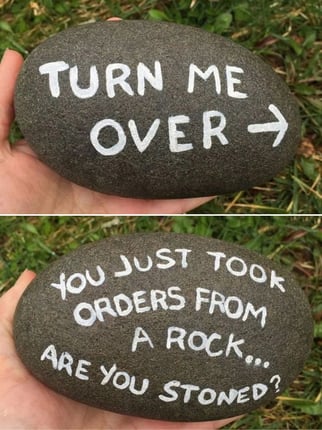
OAK STREET OFFICE BUILDING
123 MAIN STREET
LITTLETON, COLORADO
PRO FORMA OPERATING STATEMENT
Gross Scheduled Rents
Less 5% Reserve for Vacancy and Collection Loss
Effective Gross Income:
As you can see, the Effective Gross Income is simply the Gross Scheduled Rents or the Gross Potential Rents, less some reserve for vacancy and collection loss.
When preparing a Pro Forma Operating Statement, I recommend that you always use exactly 5% for Vacancy and Collection Loss, even if the vacancy rate in the area is a whopping 15%. I will try to blog later in the week on this exact topic.

Now the Effective Gross Income is a fairly important number because you will use it to make a number of different calculations further down in your Pro Forma Operating Statement.
For example, your commercial lender will require that you include in your Pro Forma Operating Statement some Reserve for Replacements. If you fail to include a reasonable Reserve for Replacement in your Pro Forma, the lender will insert one himself - and he will punish you by making it much larger than necessary.

So what is the smallest Reserve for Replacement that you can get away with? Generally it is either 3% or 4% of Effective Gross Income. Please notice that we are using that Effective Gross Income figure that is the subject of today's training article.
As your Reserve for Replacement, you should use 4% of Effective Gross Income, unless the property is brand new, in which instance you can probably get away with 3% of Effective Gross Income. If the property is a brand new industrial building - which is often just an empty concrete box - you can sometimes get away with just 2% of Effective Gross Income.
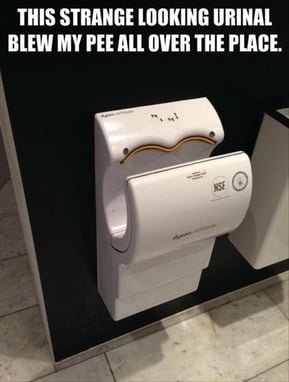
Even though your borrower intends to manage the property, he cannot get away with leaving out a professional Property Management Fee. Passive investors - filthy rich guys who just want a return on their money and zero hassle - will certainly not try to manage the property themselves.
The bank is also using the Pro Forma to determine the likely value of the property. He will apply some capitalization rate to the Net Operating Income, and that NOI must be net of a professional Property Management Fee. For example, if the Net Operating Income is $500,000 - the banker will divide this NOI by 0.065 (a 6.5% cap rate) to roughly value the property at $7.7 million.

Okay, we're stuck. We have to use a Property Management Fee line item, and we dare not let the banker compute the Property Management Fee himself. He will use some wildly large management number and knock down our loan amount by $100,000. What is the smallest professional Property Management Fee that we can get away with?
The smallest Property Management Fee that you can probably get away with is 4% to 6% of Effective Gross Income. If the property is apartments, you're stuck with 6%, and the lender may even require an Onsite Property Management Fee (a free apartment plus a few hundred dollars per month as well) as well. And don't forget about payroll taxes as well. Does the madness ever end? Ha-ha!
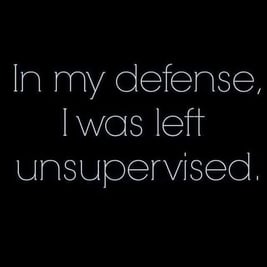
If the property is commercial or industrial with just a few units, you can probably get away with 4% of Effective Gross Income. If the property is a shopping center with six or more units, a lender may force you to use 5% or 6% of Effective Gross Income.
You may use the line item, Effective Gross Income, on other occasions as well. For example, if your borrower has built a new apartment building or if he bought a vacant apartment building and fixed it up, you will not have a historical figure to use for Repairs and Maintenance Expense. A good figure to use here is 5.6% of Effective Gross Income. Where did this number come from? There is a National Apartment Owners Association that gathers up historical data from its members and publishes the results annually. This number for Repairs and Maintenance Expense - 5.6% of Effective Gross Income - is for suburban apartment buildings and is a very fair and reliable number.











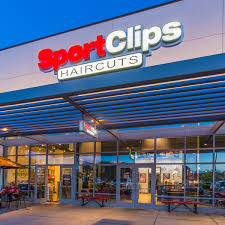 You own a four-unit strip commercial center that was 100% vacant just three years ago. You hired a superb leasing agent, who convinced you to offer one year's free rent upon the execution of a five-year lease. Your strip center quickly leased up, and it is now 100% leased to a liquor store, a karate studio, a nail salon, and a Sports Clips (barber shop for men). Each unit now pays you $3,000 per month. Life is grand.
You own a four-unit strip commercial center that was 100% vacant just three years ago. You hired a superb leasing agent, who convinced you to offer one year's free rent upon the execution of a five-year lease. Your strip center quickly leased up, and it is now 100% leased to a liquor store, a karate studio, a nail salon, and a Sports Clips (barber shop for men). Each unit now pays you $3,000 per month. Life is grand.